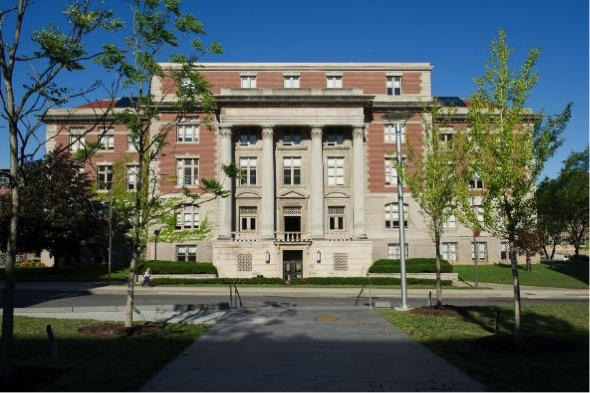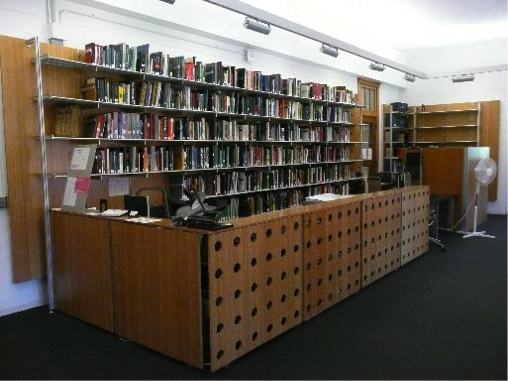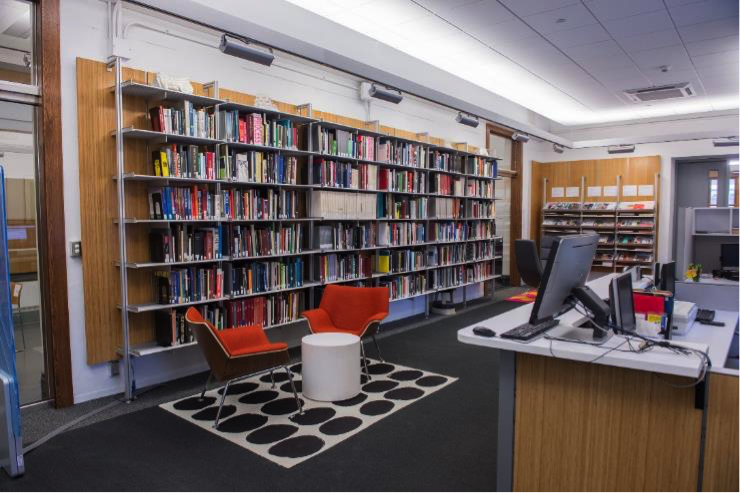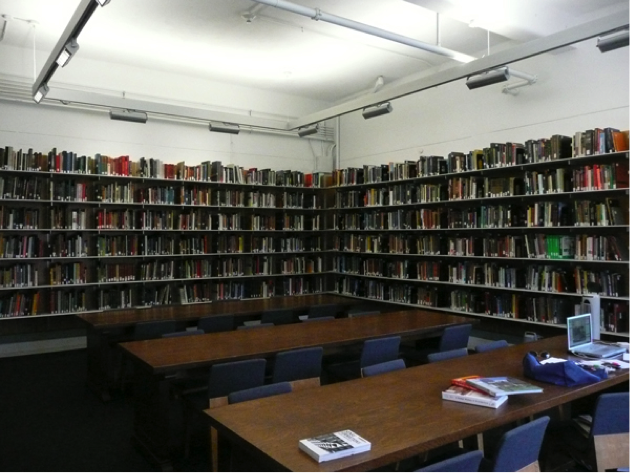University of Nebraska-Lincoln
DEYONG NAMED ARCHITECTURE PROGRAM DIRECTOR AT UNL
Sarah Deyong, associate professor at Texas A&M University, has accepted the appointment of Architecture Program director with the University of Nebraska-Lincoln’s College of Architecture. Deyong will assume her position with the college July 1st.
“This is an exciting time for the Architecture Program and the College of Architecture. I am confident that Sarah will be a tremendous asset to the program with her thoughtful leadership and her extensive undergraduate and graduate teaching experience and demonstrated ability to integrate architectural theory and pedagogy seamlessly with contemporary practice,” commented College of Architecture Dean Katherine Ankerson. “Sarah is an accomplished researcher and has been published widely in the academic world. I have no doubt she will be a pivotal mentor for junior faculty and students alike, providing new, academic publishing connections and an inspiring influence for scholarly and creative pursuits.”
“I am thrilled to join the College of Architecture at UNL. It is an honor and a privilege to serve as the Director of the Architecture Program,” said Deyong. “The program has long been recognized for its strong design ethos, inclusivity and close ties to professional practice. Within the larger university setting of an internationally recognized, research institution, it is poised to becoming a major voice among leading schools of architecture worldwide. Together with fellow faculty, students, staff and alumni, I look forward to building upon the program’s inherent strengths in architectural making and thinking, while advancing the college’s mission: its resilient belief in the transformative power of planning and design, and its commitment to interdisciplinary and community engagement.”
As associate professor at Texas A&M University, Deyong taught in the areas of history, theory and criticism (HTC) and design studio. She believes that areas of specialization, such as HTC, must effectively enhance the vital center of the curriculum: studio and integrated design.
“Today, we find ourselves in a dynamic situation, with new technologies and digital tools, for example. The utility of history and theory is that it brings the longer, canonical perspective of how we define ourselves into play. We learn from both failures and successes. Since architecture is inherently collaborative, we best prepare our students for the interdisciplinary nature of contemporary practice when we define ourselves as a discipline with design at its core.”
For Dr. Deyong, the output of a studio may be a proposition for a building, but in academia, it should aspire to be an argument or intellectual provocation. “We are, after all, in the business of teaching students not only the necessary skills and toolsets, but also, how to think critically, communicate ideas and create new knowledge.”
Deyong is known internationally for her research focused on the post-WWII period to the present, underscoring the symbiotic relationship between HTC and design practice. With grants from the Graham Foundation and the Glasscock Center of the Humanities at Texas A&M, she has published her research in leading venues, including the Journal of Architectural Education (JAE), the Journal of the Society of Architectural Historians (JSAH), Praxis, the Journal of Visual Culture, and the Journal of Architecture. In 2015, her JAE essay, “Re-Thinking the Legacy of the Sixties: Pliny Fisk’s Political Ecology,” garnered the ACSA/JAE Best Scholarship of Design Award. Additionally, Deyong serves on the editorial boards of two national flagship journals: the JAE and JSAH.
Her work can also be found in numerous book chapters and her co-authored book “The Changing of the Avant-Garde: Visionary Architectural Drawings from the Howard Gilman Collection”.
Deyong received her Ph.D. at Princeton University and her MA and B.Arch at the University of Toronto.
In addition to the Architecture Program, the college is comprised of other design and planning programs including interior design, landscape architecture and community and regional planning with a tradition of excellence in education, research and service to the community. Its fall 2017 enrollment was 521 students.

 Study Architecture
Study Architecture  ProPEL
ProPEL 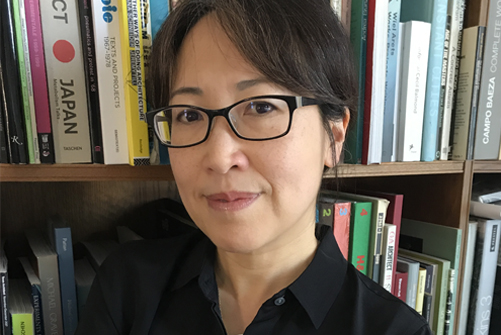
 This was the situation in our library after we completed collection reviews for second copies, earlier editions, little-used or outdated titles and then discovered that we were still left with overcrowded shelves. After asking librarian colleagues for advice, reading articles like Janine Henri’s August 2017 article in this column (“
This was the situation in our library after we completed collection reviews for second copies, earlier editions, little-used or outdated titles and then discovered that we were still left with overcrowded shelves. After asking librarian colleagues for advice, reading articles like Janine Henri’s August 2017 article in this column (“ UNM Master of Architecture graduate (2018) Farrokh Rostami Kia, was selected to have an image from one of his studio projects appear on the cover of the AIAS magazine CRIT. The project was developed in an ARCH 602 studio taught by Associate Chair / Principal Lecturer Karen King.
UNM Master of Architecture graduate (2018) Farrokh Rostami Kia, was selected to have an image from one of his studio projects appear on the cover of the AIAS magazine CRIT. The project was developed in an ARCH 602 studio taught by Associate Chair / Principal Lecturer Karen King. 
 The International Archive of Women in Architecture Center (IAWA) at Virginia Tech offers an annual prize to promote research on the contributions that women have made to the built environment and the design related disciplines.
The International Archive of Women in Architecture Center (IAWA) at Virginia Tech offers an annual prize to promote research on the contributions that women have made to the built environment and the design related disciplines.
